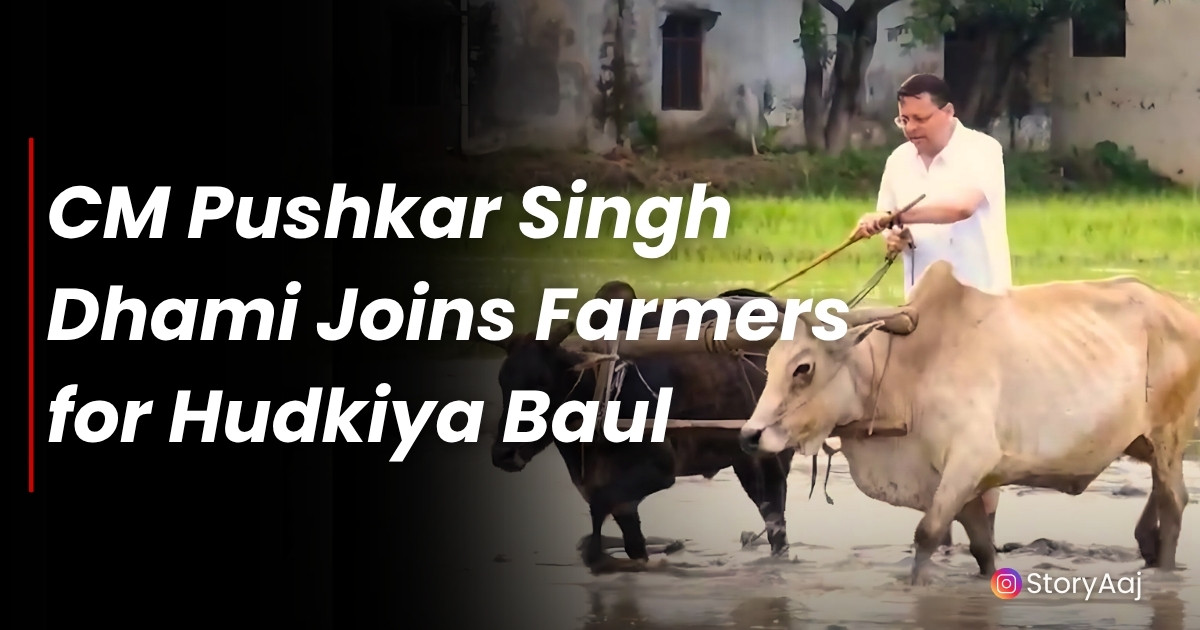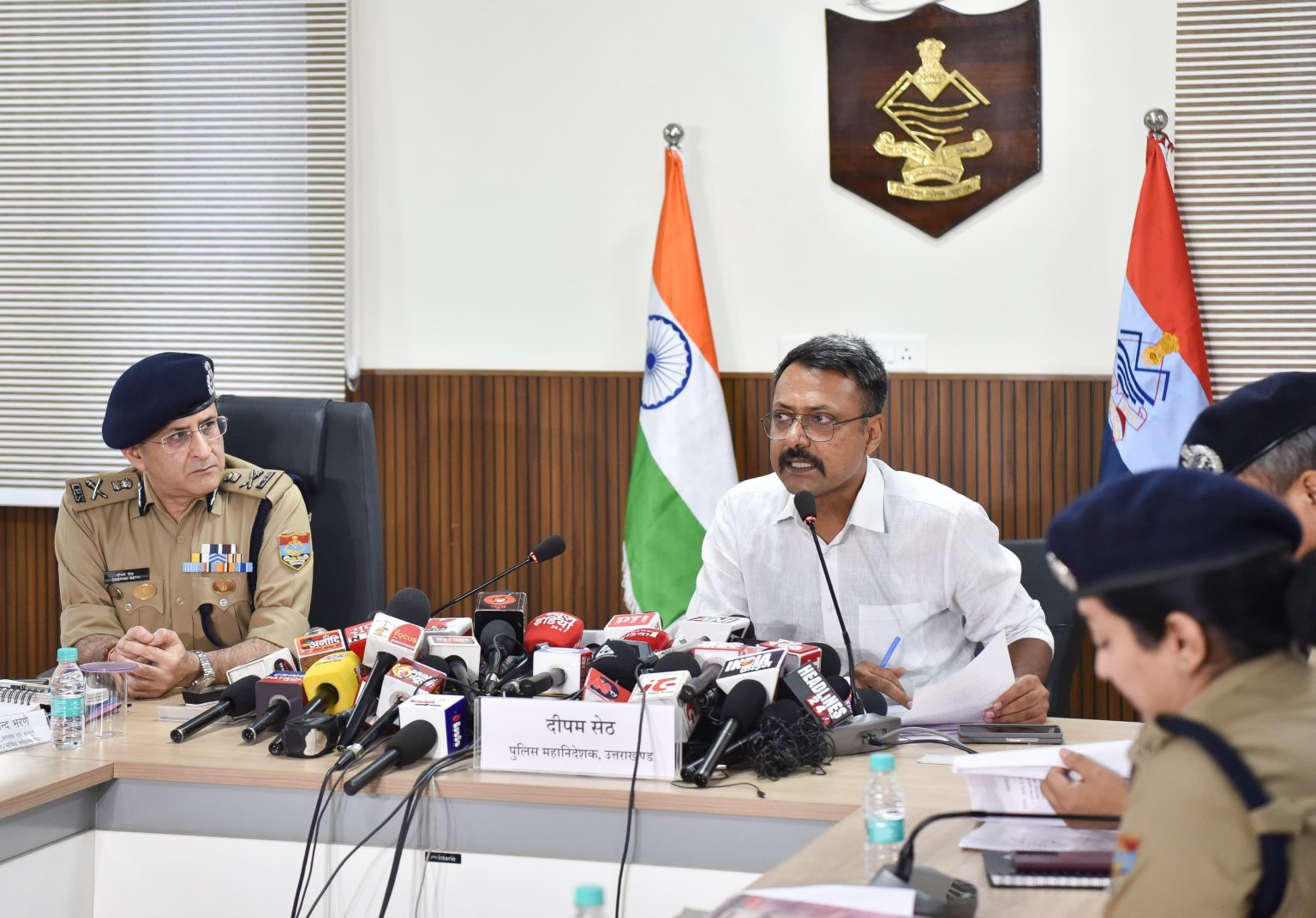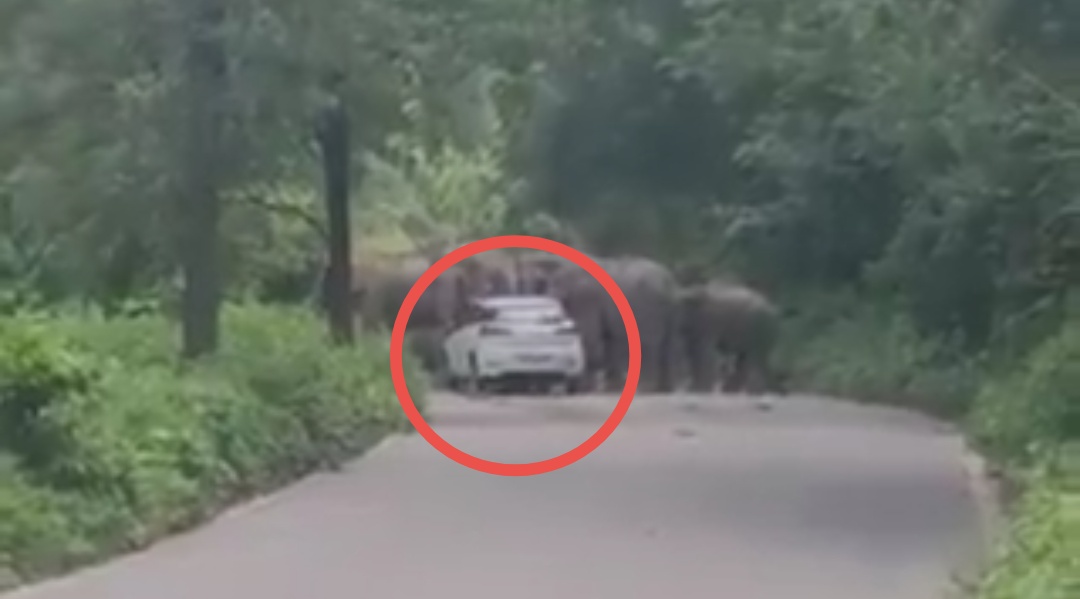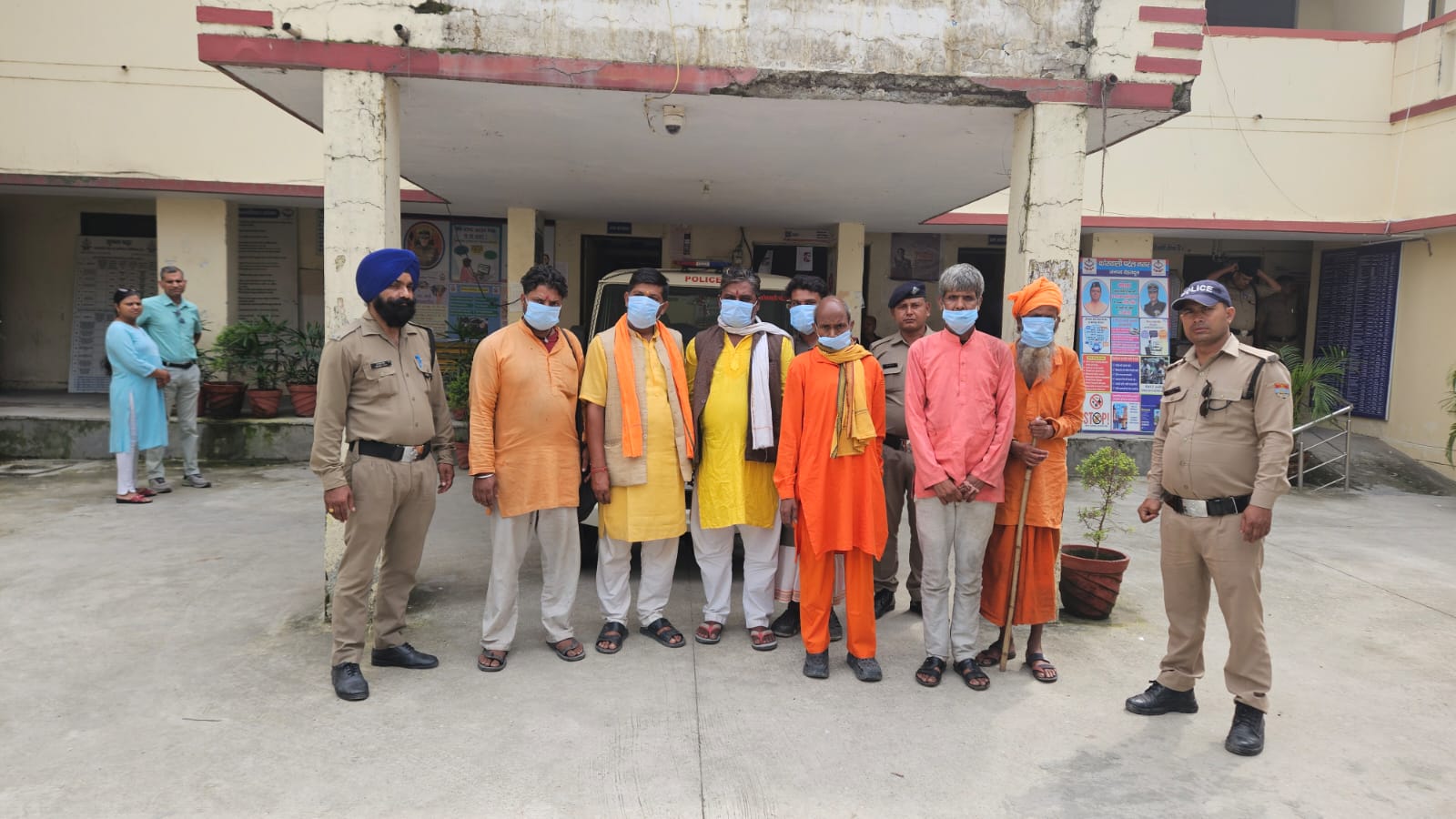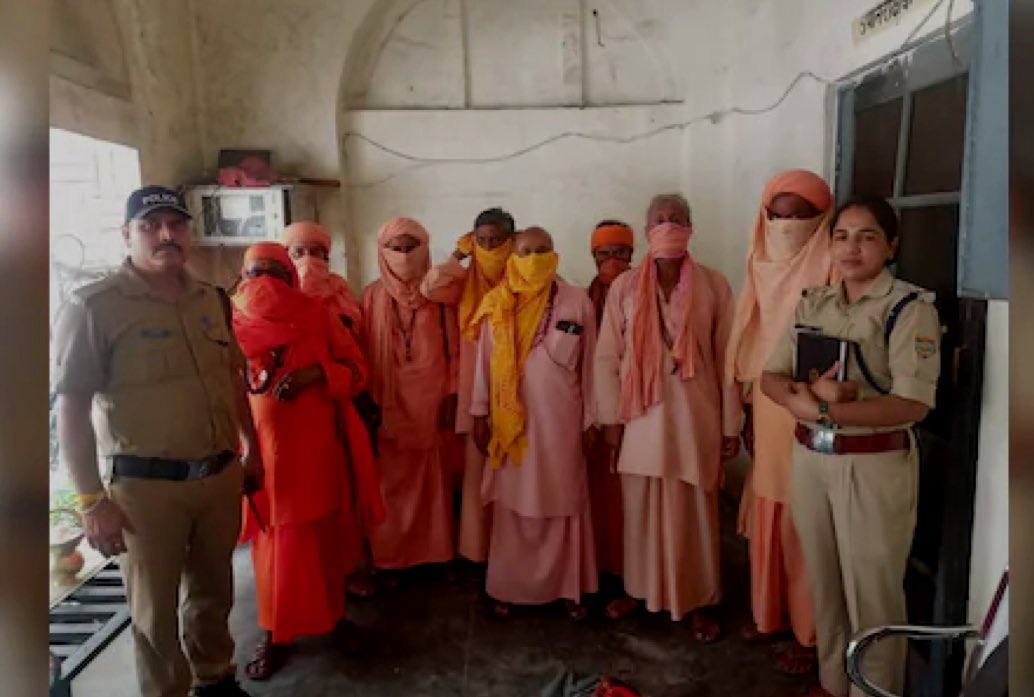Uttarakhand CM Pushkar Singh Dhami engaged in the traditional practice of rice planting in the fields of Nagra Terai in Khatima personally experiencing the agricultural lifestyle that forms the backbone of the state’s economy.
The 49-year-old leader stepped into the muddy, waterlogged fields to transplant rice seedlings, describing the experience as a reminder of his earlier days and a tribute to the hardworking farmers who sustain the region.
During this agricultural activity, Chief Minister Pushkar Singh Dhami was observed handling traditional farming equipment including ox-drawn plows, demonstrating his direct engagement with conventional farming practices. Sharing glimpses of the activity on social media, Pushkar Singh Dhami emphasized how the experience allowed him to witness firsthand the “labor, sacrifice, and dedication of farmers” while also reconnecting with memories from his past.
A significant cultural element of the rice planting ceremony attended by Uttarakhand Chief Minister Pushkar Singh Dhami was the performance of “Hudkiya Baul,” a traditional folk art form deeply rooted in Uttarakhand’s agricultural heritage. This ancient practice combines rhythmic drumming with devotional songs, creating a spiritual atmosphere that connects agricultural work with religious observance. Hudkiya Baul derives its name from two essential components: “Hurka,” referring to the traditional drum that provides rhythmic accompaniment, and “Baul,” meaning the songs or labor effort. This folk tradition is performed specifically during paddy and maize cultivation seasons, transforming agricultural work into a community celebration that brings enthusiasm and joy to collective farming activities.
The performance typically involves a lead singer who recounts stories of valor, historical battles, or rural folklore while maintaining the drum’s rhythm, with participants and spectators joining in the musical celebration. This tradition serves multiple purposes: it energizes workers during labor-intensive agricultural tasks, preserves cultural heritage, and maintains the spiritual connection between farming communities and their land.
The rice planting ceremony, which saw the active involvement of Chief Minister Pushkar Singh Dhami, included prayers to three important deities central to Uttarakhand’s agricultural traditions. Bhoomiya (Bhumiya Devta), the god of land and agriculture, is considered the protector of soil, forests, and natural resources. Bhoomiya is regarded as the guardian deity who ensures fertile land and protection from natural calamities like landslides and floods. Farmers across Uttarakhand regularly worship Bhoomiya to safeguard their crops and ensure prosperous harvests.
Indra, the god of rain, thunder, and weather, controls the monsoon patterns essential for agricultural success. In Hindu tradition, Indra is celebrated as the deity who brings life-giving rains to nourish crops and sustain agricultural communities. His worship is particularly significant during planting seasons when farmers depend on timely rainfall for successful cultivation. Megh, the god of clouds and shade, represents the atmospheric conditions that support agricultural growth. The worship of Megh acknowledges the importance of cloud cover and weather patterns in protecting crops from harsh sunlight and providing the right conditions for plant growth.
By incorporating cultural practices like Hudkiya Baul into the rice planting event, Uttarakhand Chief Minister Pushkar Singh Dhami underscored the deep connection between the state’s farming traditions and its spiritual heritage. This folk art form, especially significant in the Kumaon region, serves both as a cultural expression and a means to preserve the legacy of local agricultural practices. The ceremony reflected the broader belief that farming in Uttarakhand is not just an economic task but a sacred commitment linking communities to their land and traditions.
Khatima, located in the Terai region of Uttarakhand, represents one of the state’s most crucial agricultural hubs. The Terai region, often referred to as the “rice bowl” of Uttarakhand, has long been central to the state’s food production. However, the area has been facing serious challenges including declining groundwater levels caused by intensive rice cultivation. In response, the state government led by Chief Minister Pushkar Singh Dhami has introduced administrative measures to regulate agricultural practices and promote water conservation.
The participation of Pushkar Singh Dhami in these rice planting activities comes at a time when the government has enforced restrictions on summer paddy cultivation to address environmental sustainability. These steps reflect a growing need to strike a balance between preserving age-old agricultural traditions and ensuring the responsible use of natural resources.
Through his involvement in this traditional event, Uttarakhand Chief Minister Pushkar Singh Dhami showcased a commitment to protecting the state’s cultural and agricultural identity. His presence alongside farmers and the performance of Hudkiya Baul serve as a powerful reminder of the importance of preserving heritage while addressing modern-day challenges.
The event highlights how traditional agricultural practices in Uttarakhand integrate practical farming techniques with cultural expression and spiritual observance, creating a holistic approach to agriculture that encompasses economic, social, and spiritual dimensions. This integration, emphasized by Chief Minister Pushkar Singh Dhami, reflects the state’s identity as “Devbhoomi” (Land of the Gods), where agricultural activities are deeply connected with religious and cultural traditions.
Follow us on Instagram – StoryAaj
Also Read : Kanwar Rescue Ongoing as Truck Overturns in Tehri







